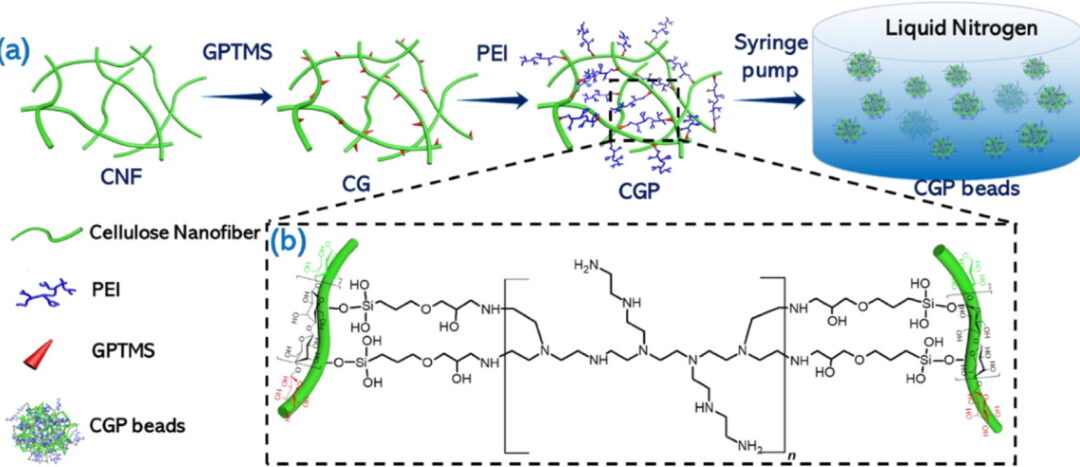
by Caleb Horst | Apr 14, 2020 | In The Lab
Heavy metals are serious pollutants in wastewater that are discharged to the environment. Although there are various methods to remove them, the most common method is commercial powder absorbents. These have poor recyclability (which can lead to secondary...
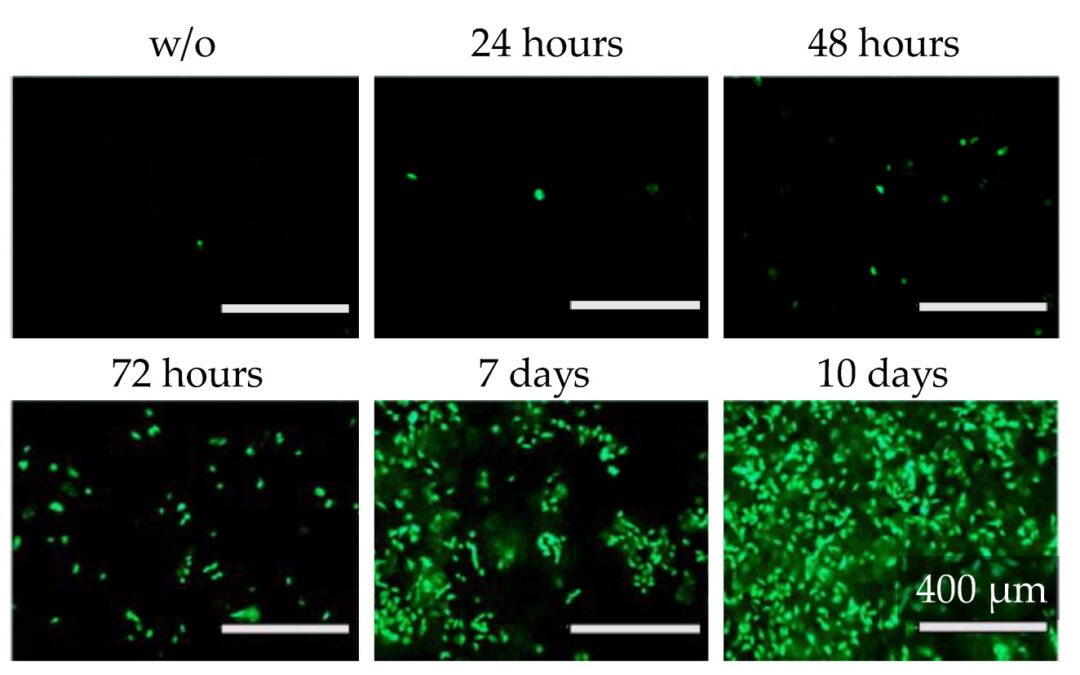
by Caleb Horst | Apr 7, 2020 | In The Lab
New in vitro models using human cells are increasingly being used to replace animal testing for drug development. Freshly isolated human hepatocytes are ideal in predicting liver toxicity in these models, although they are highly limited and tend to lose their...
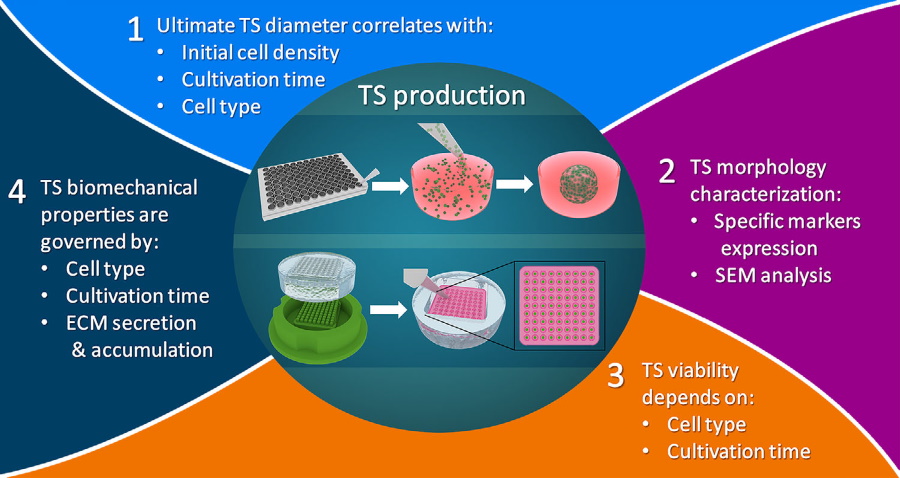
by Caleb Horst | Mar 26, 2020 | In The Lab
Tissue spheroids (TS) are being increasingly recognized as a powerful tool to create 3D human tissues. This complex cell and matrix composition is formed without scaffolds and can recapitulate the architecture and functional characteristics of native tissue. TS is...
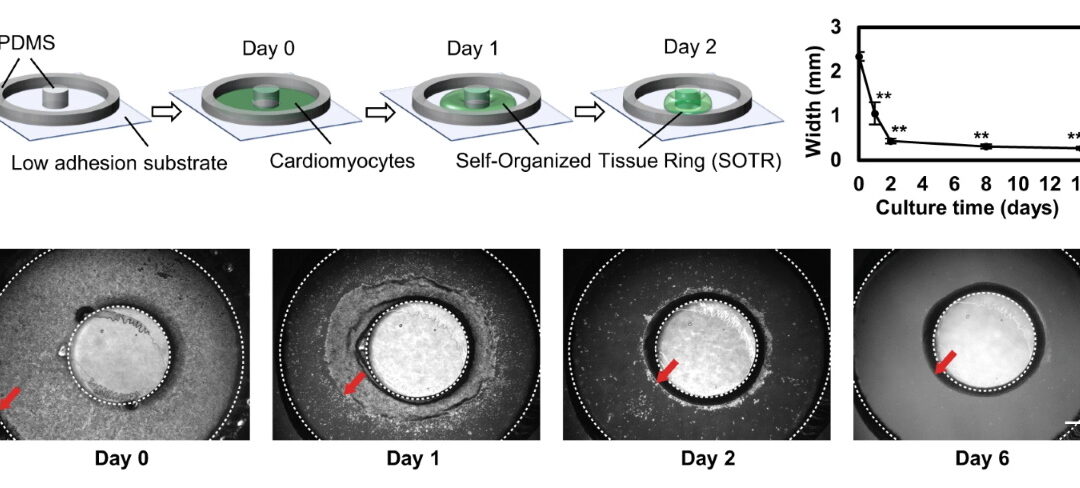
by Caleb Horst | Mar 20, 2020 | In The Lab
Human-induced pluripotent stem cell (hiPSC) derived cardiomyocytes present themselves as an abundant resource for tissue engineering, drug screening and regenerative-medicine applications. However, they are available in an immature state, mimicking poorly the...
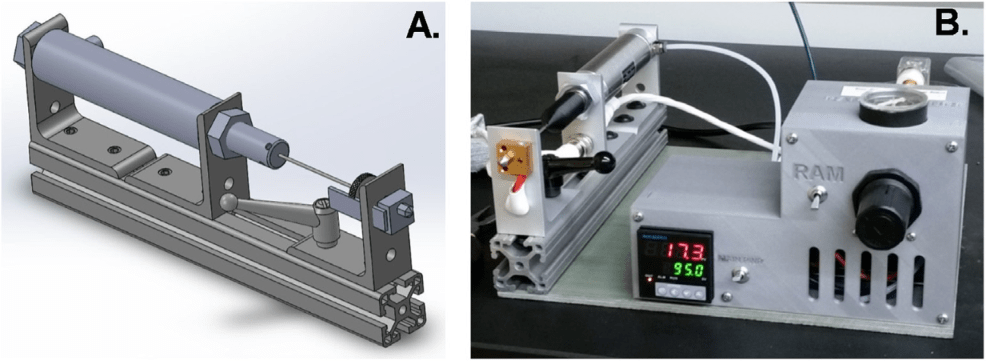
by Caleb Horst | Feb 18, 2020 | In The Lab
Melt processing is a manufacturing technique to create plastics with different size, shape and function. It is a continuous manufacturing process which improves the manufacturing speed and decreases costs to fabricate parts. In the biology field, components made by...
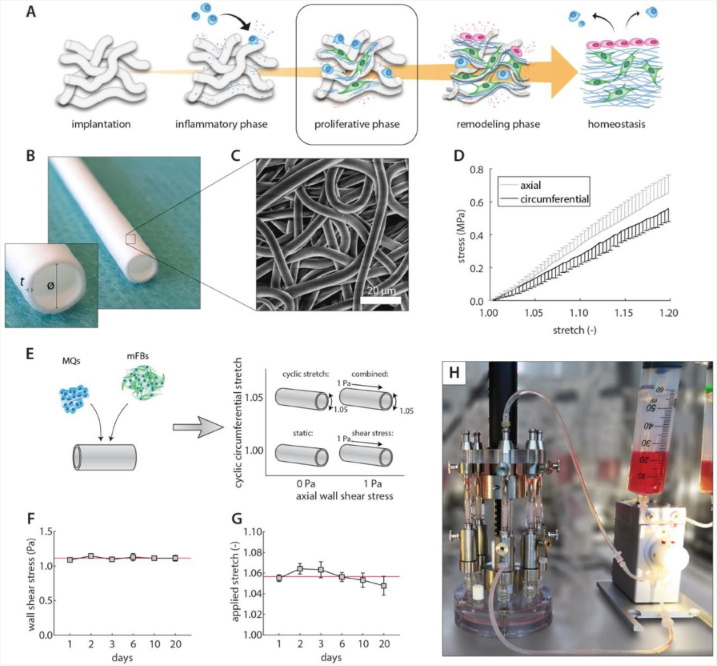
by Caleb Horst | Feb 7, 2020 | In The Lab
Resorbable synthetic scaffolds work to encourage tissue regeneration by allowing immune cells (e.g., macrophages) to infiltrate and attract tissue-producing cells that deposit new extracellular matrix (ECM). The deposited tissue is then remodeled to possess...














